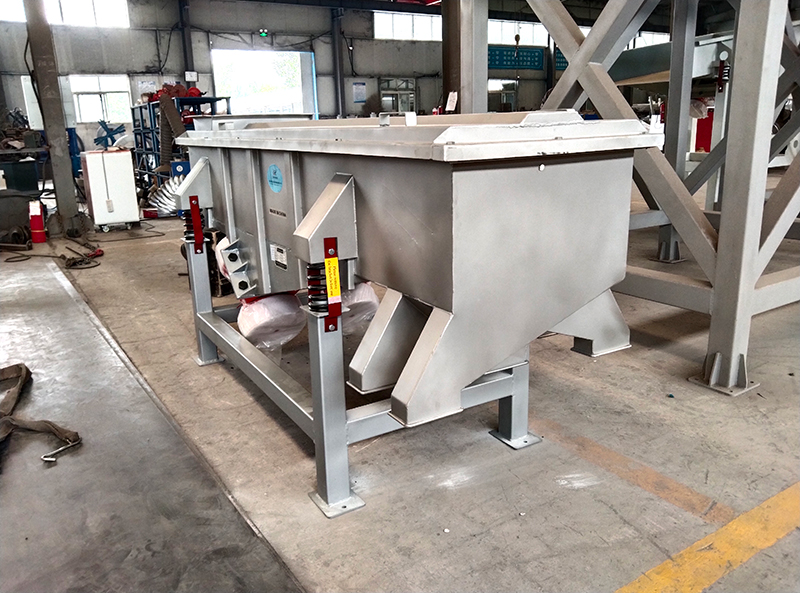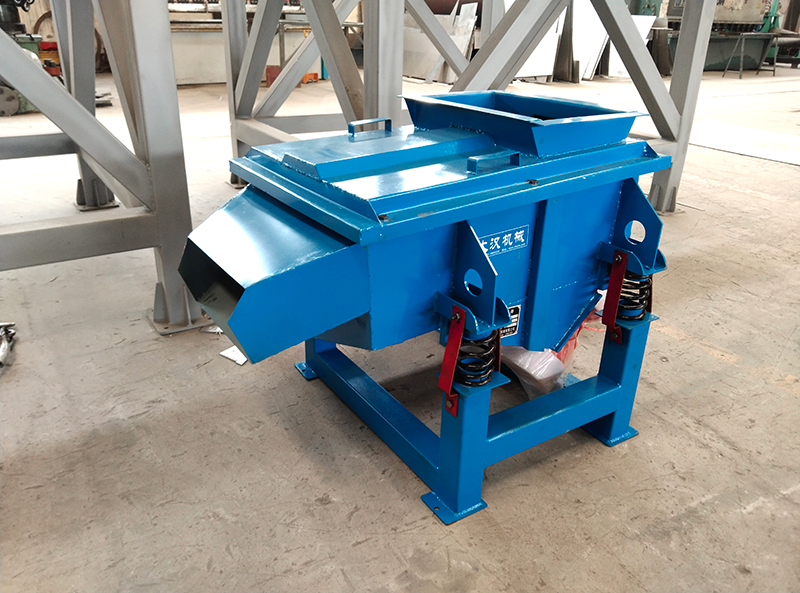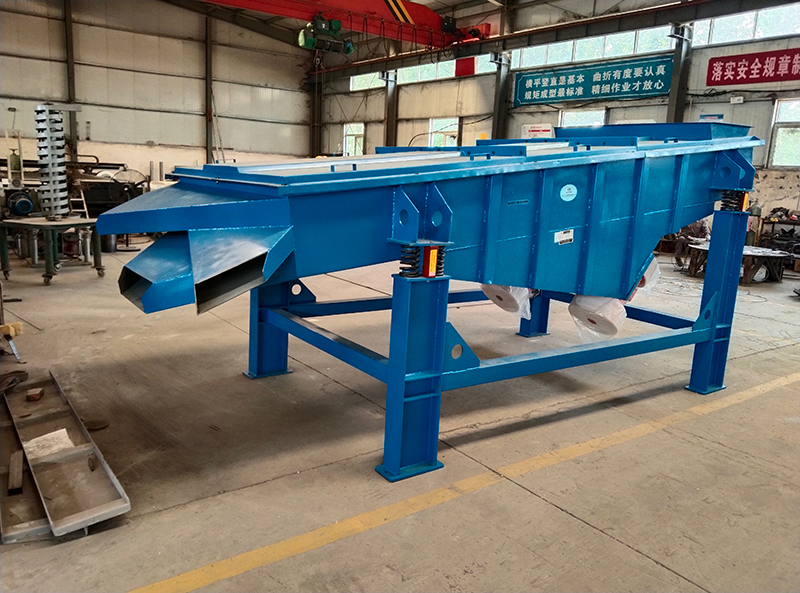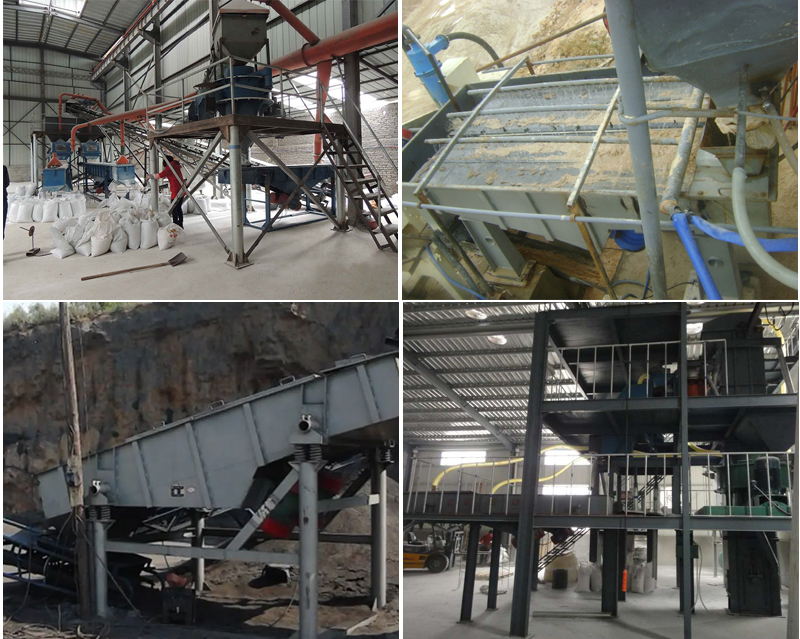Linear vibrating screen is used for bulk material classification and removal of unwanted impurities in materials. It is used in industries such as mining, metallurgy, construction, chemical industry and food processing. Its main function is to separate materials into different particle sizes through vibration-driven motion. The screen machine generates linear vibration through dual vibration motors, which makes the material move in a straight line while performing stratification and particle size separation. Its common applications include coal washing, ore classification, sand and gravel screening, and powder material classification. It is particularly suitable for screening dry powder or granular materials, removing large particles, removing impurities and product classification. Its linear motion can achieve uniform material distribution and high throughput, making it an ideal choice for precise and efficient material separation.

When selecting the material of the screen component of the linear vibrating screen, manufacturers usually choose according to the application environment and material properties. For general industrial use, carbon steel is a cost-effective choice. In food, pharmaceutical and corrosive environments, 304 or 316L stainless steel is the first choice due to its excellent corrosion resistance and compliance with hygiene standards. For highly abrasive materials or extreme conditions, screens can also be made of polyurethane or perforated plate, depending on durability requirements. The mesh size (also known as mesh count) of the screen determines the size range of particles that are separated. Common configurations include coarse screens (2-10 mesh for large particles such as gravel), medium screens (10-60 mesh for grains or plastics), and fine screens (up to 200 mesh for powders such as flour or chemicals).

Linear vibrating screen mesh sizes (screening apertures) range from coarse screens (5-100 mm) for gravel and ores to fine screens (0.038-5 mm) for powders such as flour or silica sand. The choice of mesh size depends on the material characteristics (e.g. moisture content, viscosity) and the desired output particle size.

Linear vibrating screen decks – single, double or multi-deck designs, with simultaneous grading (e.g. 3-deck design for 0-5 mm, 5-10 mm and 10-20 mm sieving).

Linear vibrating screens have flexible design options and can be equipped with single or multiple screens depending on the classification requirements. Screening capacity depends on the screen area, screen hole size, bulk density and moisture content of the material. For example, a medium-sized linear screen with a screen size of 1200×3000 mm can process 5-30 tons per hour, while large industrial models can process more than 100 tons per hour of bulk materials such as sand, limestone or plastic granules. Vibration intensity and screen inclination (usually 0°-10°). Models are equipped with sealed dust covers and anti-clogging nets to effectively handle difficult materials. A properly configured linear vibrating screen ensures high precision (screening efficiency up to 95%).
Address:China,Yanjin county forest park gate to the west 1000 meters north road.